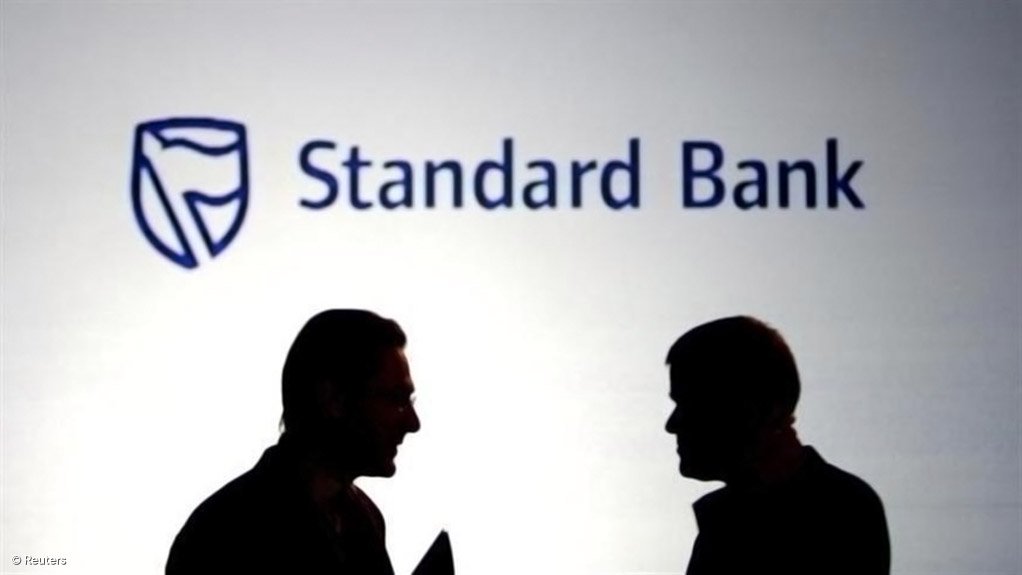The chaos wrought by a recent wave of US tariff actions may be obscuring early signs of recovery in South Africa’s economy, Standard Bank Group said.
The recent downward revisions to the country’s growth outlook are “mostly a function of international flux, not so much a function of domestic concerns,” said Goolam Ballim, chief economist at Africa’s largest bank by assets. “It is international headwinds that have caused us to revise.”
Standard Bank cut its 2025 growth forecast to 1.1% from 1.8% at the beginning of the year and the International Monetary Fund has lowered its own projection to 1% from 1.5% previously.
But the country’s economy might be growing faster than official statistics show, given improvements in its power and rail operations and sustained interest rate cuts, Ballim said at the bank’s Africa Unlocked 2025 conference in Cape Town.
“Maybe 1% growth is the low end of reality and maybe the economy is doing a little bit better than the official numbers suggest, and maybe the informal economy in South Africa is a little bit more dynamic than the official statistics capture,” he said.
South Africa has seen gains in both baseload energy supply and solar power, while the movement of goods has surged 67% as reforms at the national rail and port operator begin to take effect, Ballim said.
“We are also seeing reduced idling times for ships anchored either outside of ports or in ports,” he said, citing quicker turnaround times at the Durban port that carries the bulk of South Africa’s imports.
Further, a 100 basis point reduction in the benchmark lending rate since September and South Africans being given early access to a portion of their retirement savings without penalties have lifted consumer spending power. They have withdrawn as much as R60-billion which “could draw to about a R100-billion” over the next two years, providing some degree of increased consumer impetus.
Even the country’s stocks are signalling optimism about the economy. According to Ballim, South Africa’s stock price-to-earnings ratios remain fairly elevated, suggesting the reform agenda for the most part will hold.
“For the most part, we remain convinced that the path is upward and perhaps even with increased upside to the type of forecast we have pencilled in in here.”
EMAIL THIS ARTICLE SAVE THIS ARTICLE FEEDBACK
To subscribe email subscriptions@creamermedia.co.za or click here
To advertise email advertising@creamermedia.co.za or click here











